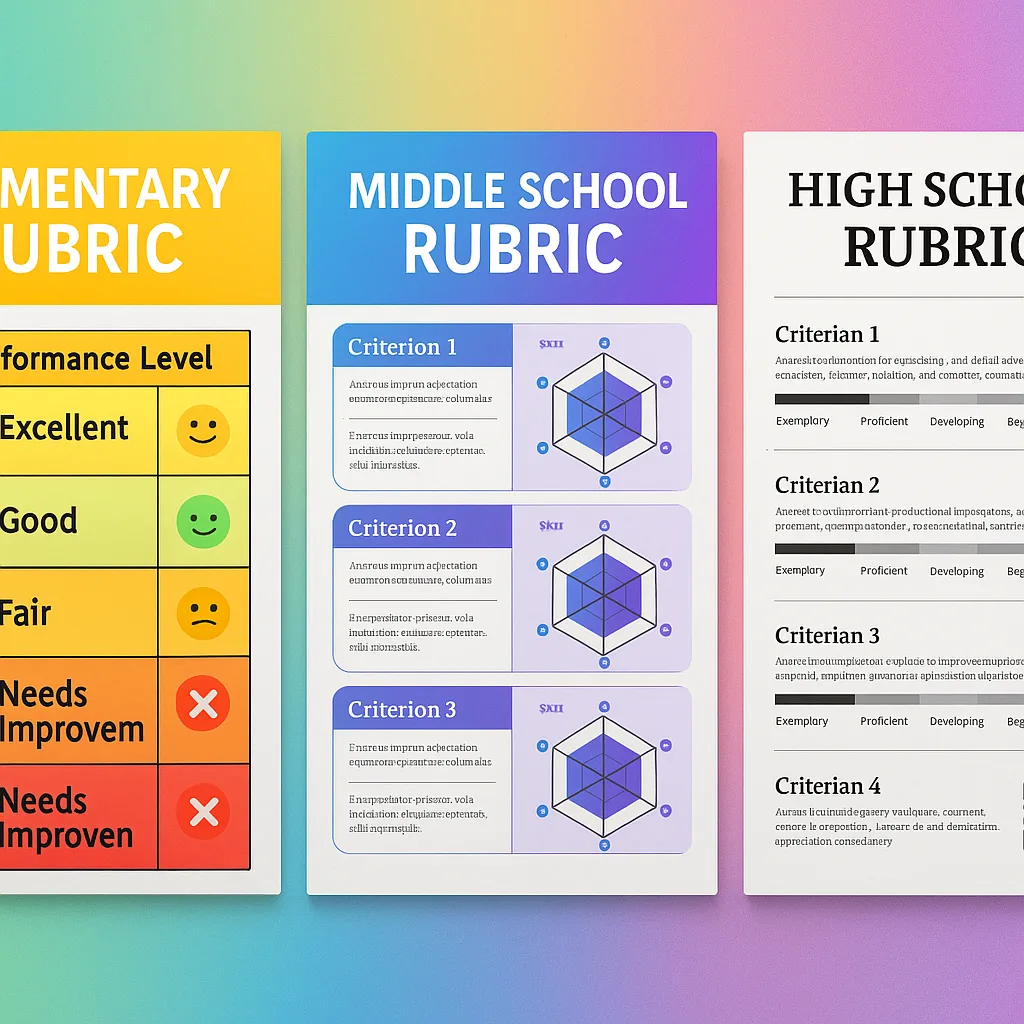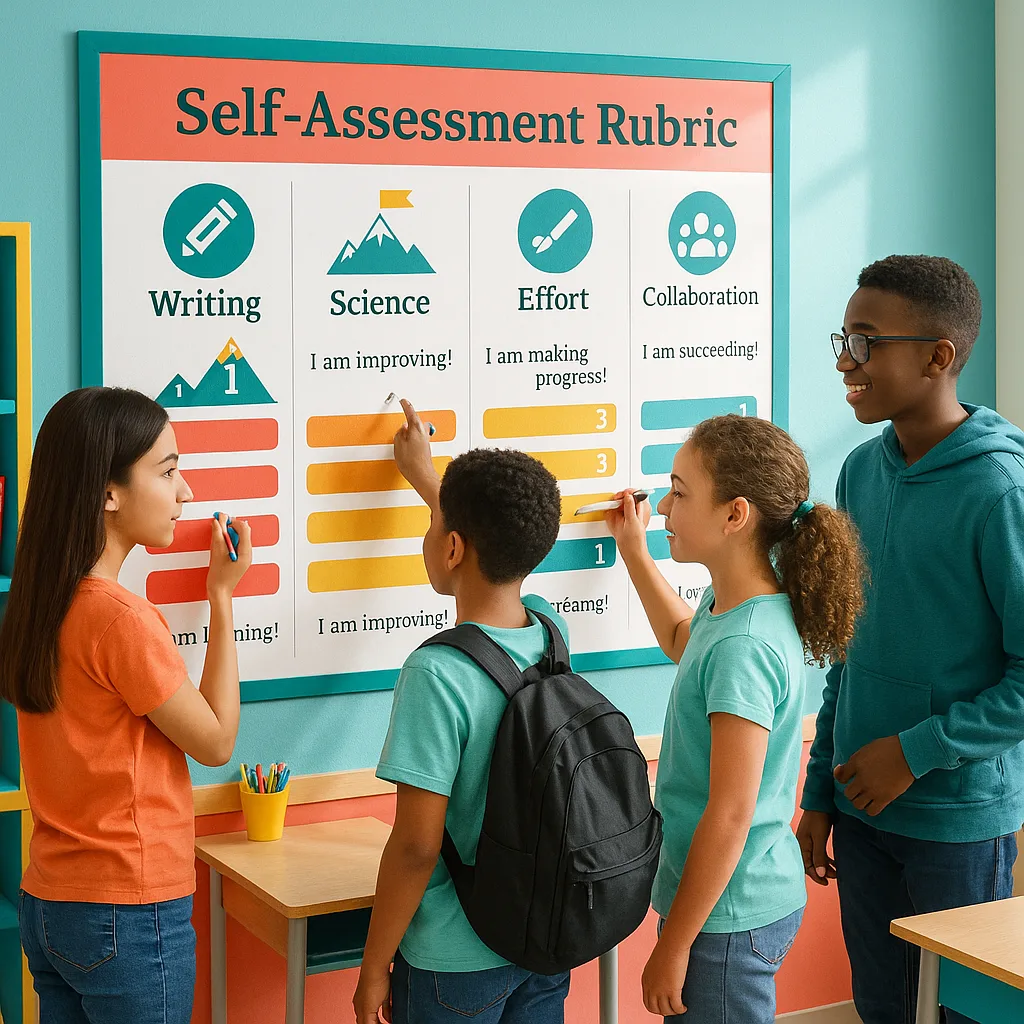Poster Print Machine Visual Self-Assessment Guide
Level Up Your Classroom with #VisualLearning
Hey there, fellow educators! Ready to revolutionize how your students track their own learning journey? Let’s dive into creating stunning visual self-assessment rubrics using your poster print machine self-assessment tools.
Picture this: your seventh-graders walk into class and immediately check their progress on a massive, colorful rubric displayed on the wall. They grab a dry-erase marker, update their status, and set new goals—all before the bell rings. This isn’t a dream; it’s what happens when you harness the power of visual self-assessment with a poster print machine.

Creating Reusable Laminated Versions
Sustainability meets functionality when you laminate your visual rubrics! After printing your masterpiece on quality poster paper, lamination transforms it into a durable, reusable assessment tool that’ll last all year (and beyond).
Hot lamination provides the most durable finish for high-traffic classroom use. Cold lamination works great for temporary displays or when you need to write on the surface with dry-erase markers. Besides, students love the professional feel of laminated materials—it signals that this tool is important and worth preserving.
Pro tip: Create “assessment stations” with laminated rubrics, dry-erase markers, and sticky notes for ongoing reflection. Students can update their progress weekly without permanent marks. Thus, one poster serves multiple classes across multiple years. Talk about return on investment!
Ready to Transform Your Assessment Game?
Creating visual self-assessment rubrics isn’t just about pretty posters—it’s about empowering students to own their learning journey. With your school poster maker machine, you have the power to create assessment tools that inspire, motivate, and track real growth. Subsequently, students develop crucial metacognitive skills while building confidence in their abilities.
Remember, the best rubric is one that students actually use. Start simple, involve students in the design process, and celebrate every small victory along the way. Your classroom walls can become powerful spaces for growth, reflection, and achievement.

